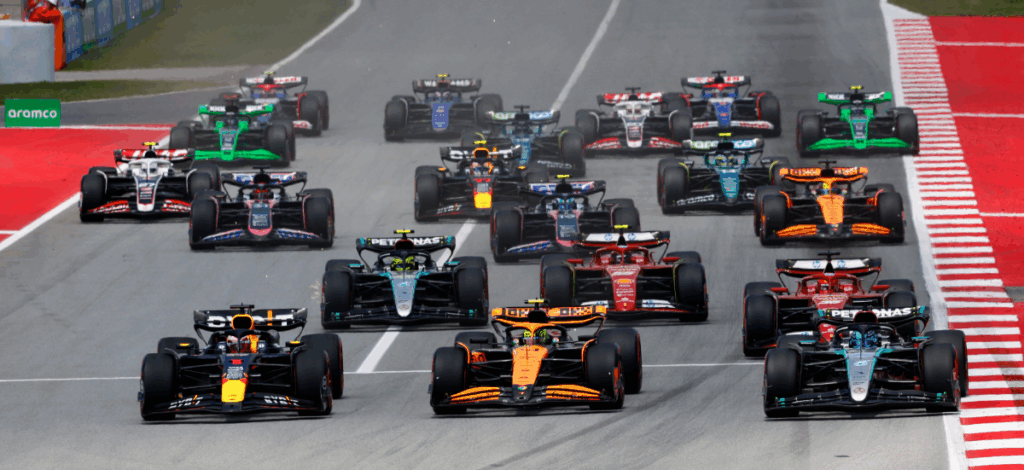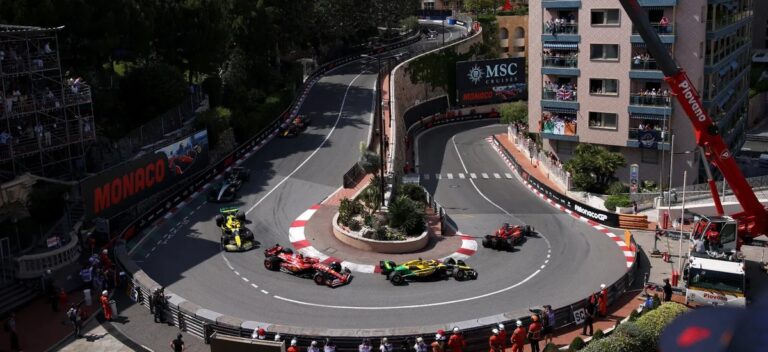For those newly intrigued or long captivated by this sport, here’s everything you need to know about Polo, from the basics to fascinating facts and major global tournaments.
Everything you need to know about Polo: The ultimate luxury sport
Played at exhilarating speed on horseback, it masterfully blends strategy, precision, and tradition earning its place as a true cultural icon.
Por: Alejandro Carrillo
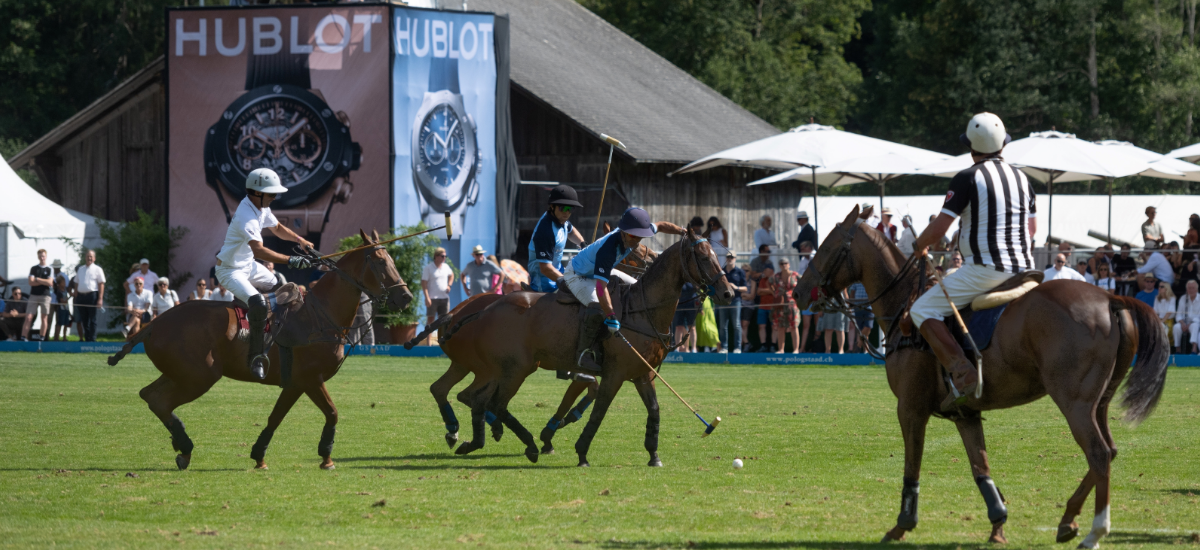

How many players are on a polo team?
Each polo match features two teams with four players apiece. These players take on unique roles—ranging from attackers and defenders to flexible positions that shift between offense and defense. Coordination, fast decision-making, and horsemanship are essential to outmaneuver the opposing team and drive the ball into the goal.
How many horses does each player need?
Although players ride one horse at a time, they rely on several throughout a match due to the intense physical demands. On average, a single player might use anywhere from 8 to 12 horses during a full game. These are not ordinary horses, but highly trained “polo ponies” celebrated for their agility, responsiveness, and endurance.
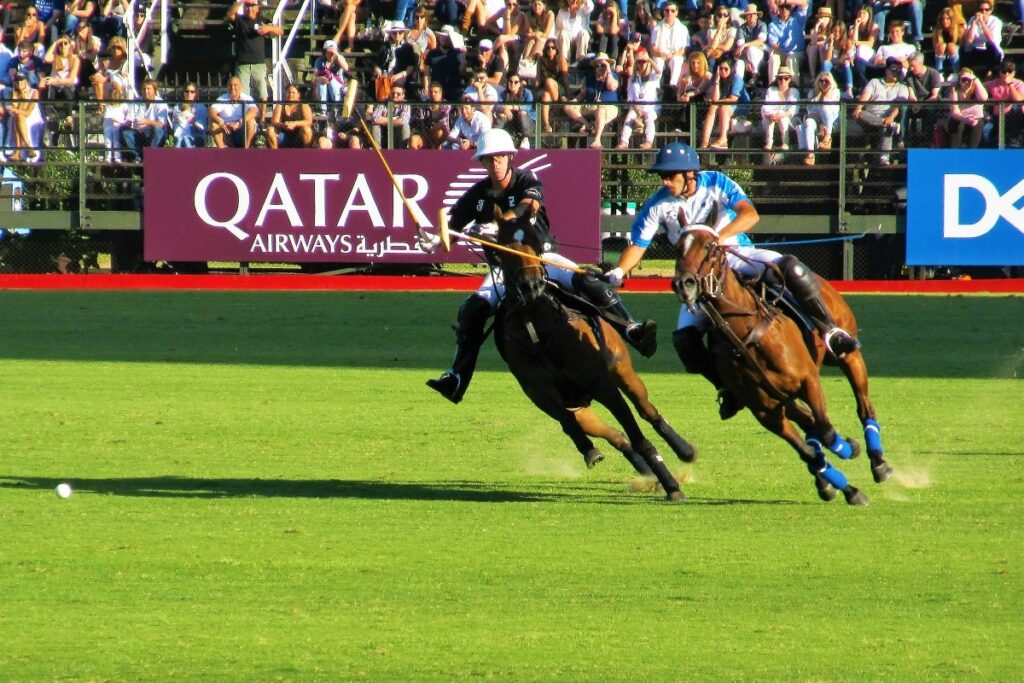
How long does a match last?
Polo is played in segments known as “chukkas” (or “chukkers”), typically lasting seven minutes each. A standard match includes six chukkas, with brief breaks in between. At halftime, after the third chukka, a longer intermission allows both players and spectators to catch their breath, mingle, and enjoy the vibrant polo atmosphere.
How is a polo game won?
The aim of polo is straightforward: score more goals than your opponents. Using long-handled mallets, players strike a small ball through the opposing team’s goalposts. There is no fixed number of goals needed to win—the team with the highest score at the final whistle claims victory. Games can be closely contested or display dominant performances, depending on the teams’ skill levels.
Where did polo originate?
With roots tracing back over 2,000 years to ancient Persia, polo was originally played as a cavalry training exercise. Over time, it spread eastward to India, where British colonial officers embraced it in the 19th century. From there, polo evolved into a global sport and remains especially prominent in Argentina, the UK, the United States, and Australia.
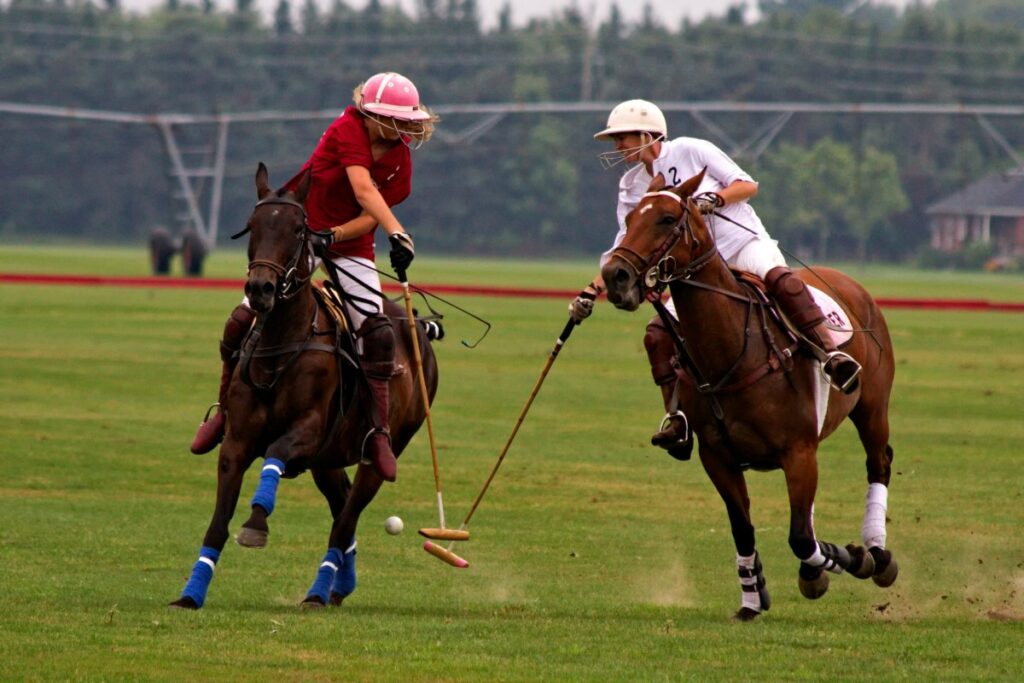
The world’s most prestigious Polo tournaments
- Argentine Open (Buenos Aires): Often referred to as the “Wimbledon of polo,” this is one of the sport’s oldest and most elite events.
- British Open – Gold Cup (July 20, 2025): Hosted in England, this tournament is steeped in tradition and royal connection.
- US Open Polo Championship (March 26–April 20, 2025): Held in Florida, this American classic draws elite talent and huge crowds.
- Queen’s Cup (June 2025): Another jewel of British polo, known for its aristocratic flair and luxurious ambiance.
- Snow Polo World Cup (January 23–25): A spectacular event played on snow in St. Moritz, Switzerland, combining winter wonder with equestrian finesse.
FAQs
- What equipment does a polo player need? Essential gear includes a well-trained horse, polo mallet, protective helmet, gloves, boots, and suitable attire.
- Is polo considered dangerous? It can be risky due to the high-speed action and close contact, but proper gear and training reduce the danger significantly.
- Why is polo called “the sport of kings”? Its historic ties to royalty, nobility, and elite warriors have long earned Polo this noble nickname.
- Where can I watch polo matches? Top tournaments like the Argentine Open or US Open are available for live streaming and are also hosted at exclusive polo clubs around the world.
If you found this article about Polo interesting, please share it. You can also read this other one about the new Adidas Golf or you can also check our Active section for other interesting notes.



